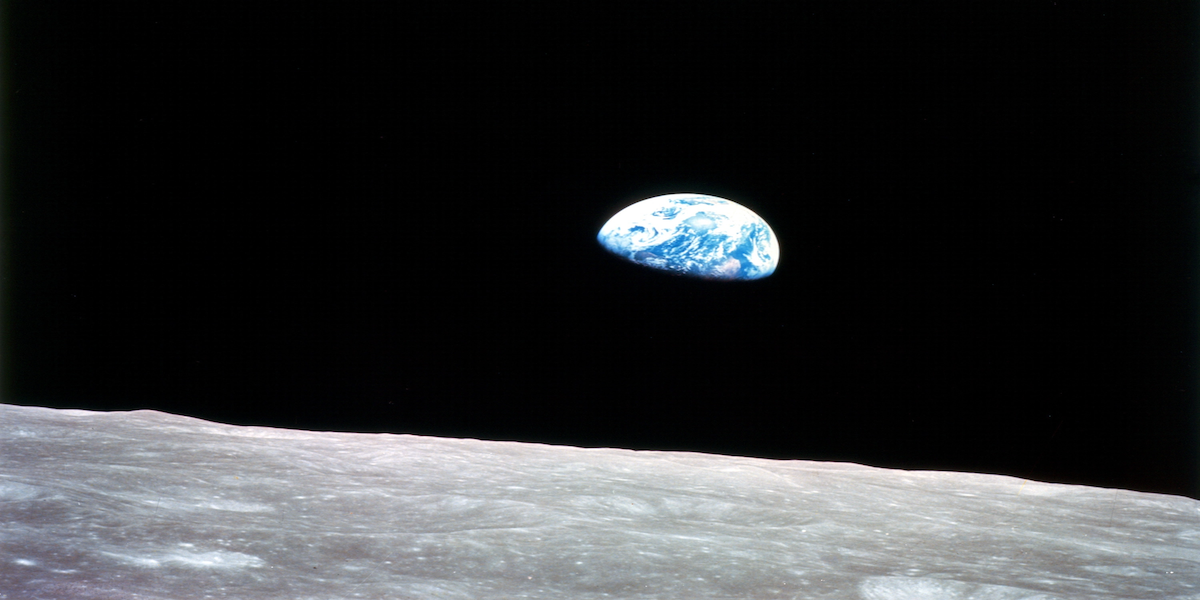Dylan Taylor on Creativity in Business
By: Elysia Peck
Creativity is the cornerstone that fosters innovation. No matter the industry, leaders need creativity to notice trends, stay ahead of the curb and invent new ways of operating and differentiating themselves in a competitive market.
Dylan Taylor, the CEO and Chairman of Voyager Space, is one such innovator who has leveraged creativity to his advantage, establishing a vertically integrated space company, the likes of which have never been seen before.
Taylor offers his insights on how other leaders can use creativity in their daily business practices:
Encourage Innovation
According to Dylan Taylor, one central element for applying creativity to your business outlook begins with innovation. He says, “An innovative approach requires speculation, curiosity, and above all else, creativity helps motivate us to experiment.”
Taylor mentions that creativity can undoubtedly be an abstract concept, but it works best with a concrete plan. First, leaders need to clarify their ideas through facts and instinctive observations and learn how they impact the business environment and others. The next step is to ideate, thinking through ideas and coming up with solutions. Next is the development phase, which is important for critiquing and prototyping any projects or ideas. Testable solutions are critical here, Taylor mentions. The fourth stage of the innovative process is implementation, which helps communicate the ideas’ value and the goal to overcome biases.
“During the innovative phase, creativity is about imagining a novel idea that fits outside the box and using facts and testing to make it a reality,” says Dylan Taylor.
Embrace Adaptability
External and internal events can often impact a business. It’s important to use creativity to embrace adaptability in business. The COVID-19 pandemic was a significant example of how external factors affect companies’ operations. Dylan Taylor’s role at Voyager Space is a great example of how frequent inventive thinking and innovation are essential to maintaining a business, and using creativity to approach challenges requires adapting to present conditions.
Taylor mentions that adapting might not always require adjusting a business model, but it may require a new product or service that modifies how the business is structured to improve efficient practices. Taylor says, “Often, leaders will find that big problems don’t necessitate big solutions and that’s okay. Change is inevitable, but creative problem solving is vital to adapt and evolve to changes in the world and your industry at large.”
Strive for Growth
In Taylor’s experience, a significant hindrance to business growth is staying too fixated on one area or an idea that there’s only one way to solve a problem. Dylan Taylor mentions that cognitive fixedness is easy to become blindsided by, but remember that every situation is different. “Each new problem often requires a new solution and one thing that worked in the past may not work now,” he says. Taylor believes that business leaders should take the time to foster creativity to help them strive for growth and embrace new perspectives as they come up with solutions to their businesses’ big challenges. Part of this is to encourage creative thinking in a diverse team to constantly come up with new ideas and push the envelope so their company addresses issues head-on and doesn’t become stagnant, the biggest disruption to growth.
Putting Creative Elements Together
“Creativity requires fusing together the practice and inventive worlds for the best solutions,” says Dylan Taylor.
With these tips, business leaders must be flexible in navigating and creating environments for their businesses and their employees to thrive. Creativity should be a staple of a nurturing business environment, but not at the risk of a business’ functionality. As Dylan Taylor mentions, embracing an operational mindset with creativity is important. Operations are implementations of the innovative approach and creativity is often inspired by observations from the operations of day-to-day business.
Published by: Nelly Chavez


